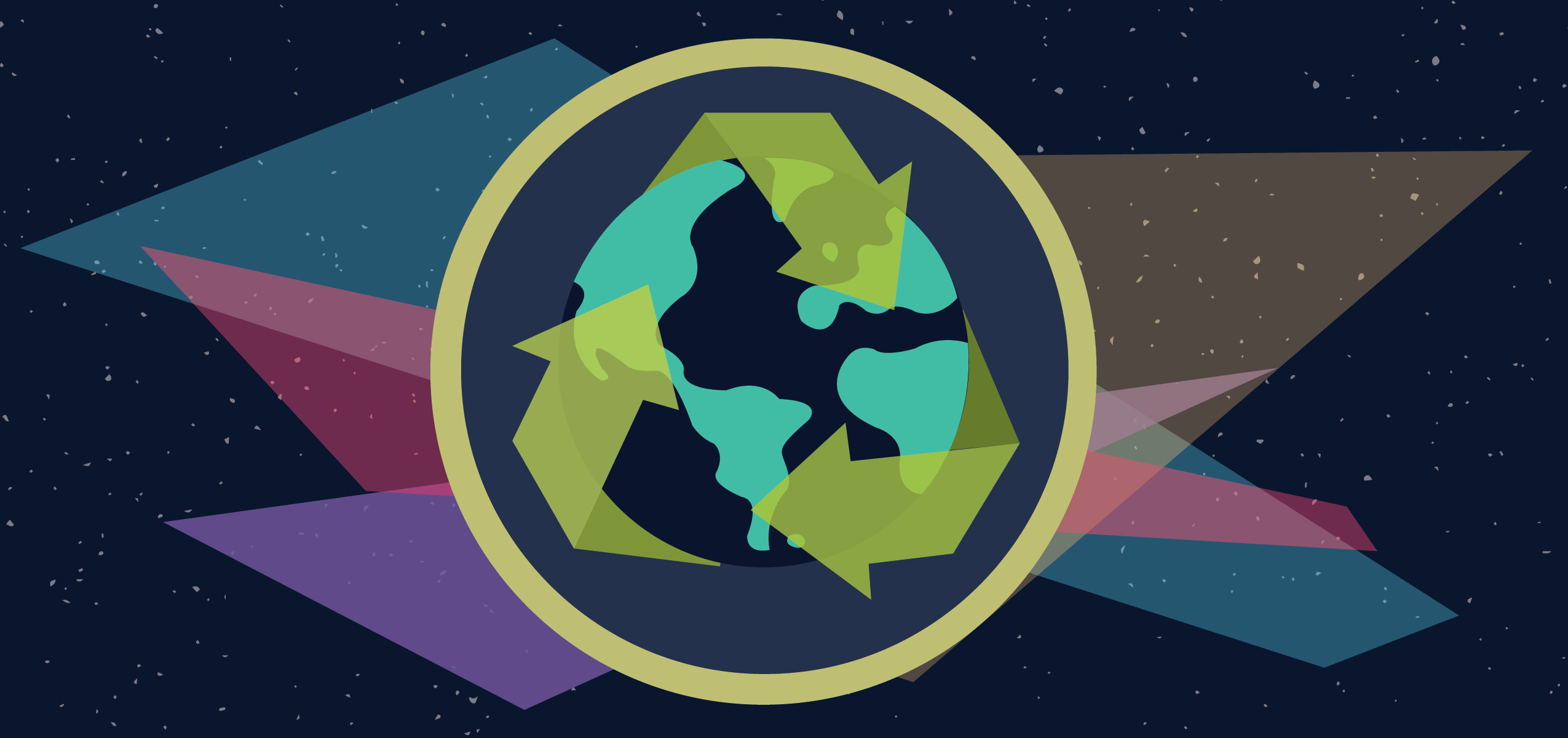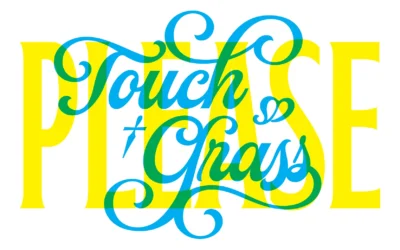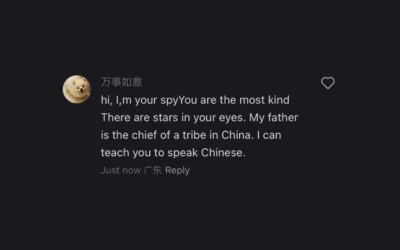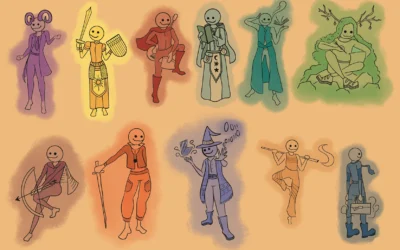There’s nothing quite like ringing in the new year — the streamers, fancy parties with flutes of champagne, and fireworks in the midnight sky. The new year is a time to celebrate and reflect, and since it comes hot off the heels of three food-heavy holidays (Thanksgiving, Halloween, and Christmas), it’s no wonder that so many of us are keen to make some changes to our lifestyle. But it’s not just the food that weighs us down, is it? All that wrapping paper, confetti, cardboard, and just general garbage accumulated in the last few weeks of the year can really add up.
There’s no denying that waste is a way of life for us, but if you’re looking for a meaningful and attainable New Year’s resolution going into 2019, going green might actually be one of the easier options.
For starters, you already live in a city that makes a conscious effort to prevent waste from entering the landfill. According to the City of Edmonton website, more than 50 per cent of household waste is diverted annually in Edmonton thanks to voluntary sorting programs and composting initiatives. Material from blue bags and blue bins go through a rigorous sorting process at the Materials Recovery Facility (MRF) so that paper, newspaper, cardboard, tin cans, glass jars and bottles, plastic containers, and plastic bags can all be kept from the landfill.
Though it isn’t perfect, the sophisticated system of conveyor belts, magnets, and good old fashioned manual sorting manages to process approximately 50,000 tonnes of recyclable waste a year. After processing, an average of 85 per cent of all recovered material can then be sold to local and international companies to be made into post-consumer products.
Ifyourresolutioninvolvesmoreactiveparticipationinthe world of recycling, don’t worry. There’s still so much that can be done through city initiatives, and independently.
You can sort and deliver hazardous waste to one of the four Eco Stations, for instance. Things like cooking grease, engine oil, old cleaning chemicals, leftover paint, empty aerosol cans, cell phones, broken computers, electrical wire, and used batteries can all be processed at these facilities. Even if some of what is brought in isn’t recyclable, by bringing it to the Eco Station you’re keeping it out of general waste and helping to prevent dangerous environmental contamination. The best part is that all chemical products, electronics, and scrap metal items are free to drop off at the Eco Stations, so being environmentally friendly doesn’t have to be expensive.
Maybe another one of your resolutions was to do some decluttering, but you’re having a hard time justifying throwing some of your stuff in the trash. The good news is, there’s more to recycling than just beverage containers and cardboard boxes. The Reuse Centre at 6835 83 Street accepts an impressive list of otherwise non-recyclable objects. Puzzles, egg cartons, seasonal decorations, hoola-hoops, paint swatches, unused disposable chopsticks, marbles, and miscellaneous craft supplies can all be donated to the centre and kept out of the landfill.
If the Reuse Centre isn’t convenient to get to, any one of the Eco Stations will also accept donations. Likewise, the Ambleside and Kennedale Eco Stations have their own Reuse Centres, where larger items such as bookshelves, metal swing sets, or patio tables can be dropped off. Though it is always free to pick up from the Eco Stations, depending on what you bring in, there may be a charge. The reverse is true for the Reuse Centre. While dropping off is completely free, up to 25kg of material can be taken from the Reuse Centre for a very reasonable $5.
Going green isn’t just about what we do, it’s changing how we think. Though it might be easy to see them as such, the Reuse Centres aren’t just places to pick up more stuff or slough off what we no longer want. The Reuse Centres are places that spark creativity, get us thinking about what we own and how so much of that can be repurposed or put to better use rather than simply being thrown in the garbage. They challenge our consumerist tendencies, particularly the notion that things have to be purchased brand new. It’s just like the philosophy of thrifting, except applied to everything other than clothes.
As with all New Year’s resolutions, start small if you want to be successful. One of the easiest ways to do this is to join the large percentage of Edmontonians who are already participating in the city’s voluntary residential recycling program. Simply follow the online instructions from the City of Edmonton website for the large blue bins outside your apartment, or the blue bag program for those of you with curbside waste pick-up. Most of the large blue bins have stickers on the outside, just as the large green or brown garbage bins do, indicating what is acceptable as recycle or waste material. The same information applies to the blue bag program, though naturally the bags place a greater size limit on your recyclables.
So just what can you toss into the recycling?
The City of Edmonton clearly lists paper, newspaper, cardboard, tin cans, glass jars and bottles, plastic containers, and plastic bags as acceptable items for the recycling program. Shredded paper is an exception to this, however, and should be taken separately to a Recycling Depot.
As with the exception of the shredded paper, there are three simple things to keep in mind that will substantially increase the efficiency of your recycling: 1) Rinse all plastic containers, 2) Remove the lids, and 3) Break down any cardboard. These may seem like laughably small steps, but they’re important! Good recycling intentions are great, but we may actually do more harm than good if we don’t follow proper procedure.
Consider your average peanut butter jar. The jar itself is perfectly recyclable, but if you leave several tablespoons worth of peanut butter in the bottom or along the sides, there is no way that the jar can be properly processed. It is considered to be contaminated, and will end up being thrown in with general waste where it may take up to 450 years to decompose, based on research from the Mote Marine Lab in Sarasota, Florida. Yikes! Same goes for taking the lid off. Though much of the recyclable material at the MRF is taken care of mechanically, plastic containers pretty much have to be sorted by hand. Lids are generally made of different plastic compounds than the containers themselves, and the city employees don’t have time to unscrew every single lid off of every single container that they sort. So even if you go through the hassle of getting that peanut butter jar squeaky clean, it might still end up in the landfill if you put the lid back on it. By getting into the habit of rinsing and de-lidding everything you pop into a blue bag or bin, not only are you practicing good recycling etiquette, you’re improving the effectiveness of your New Year’s resolution.
Though the Garbage, Recycling, and Waste section of the City’s website offers a nice summation of what material can be put into the blue bins or bags, no doubt you’ll come across something that isn’t referenced, or that you aren’t sure where it belongs. In these cases, it might be easy to let go of your resolution in favor of convenience, but there’s a better way. The city actually has a downloadable app called WasteWise which can be used to determine whether a specific item is recyclable or should be placed in the garbage. You’ll never play the garbage guessing game again! Unless you want to, because the app actually has a fun little game that lets you practice those sorting skills.
Having said all that, it’s important to keep some perspective when thinking about the city’s recycling program and your own environmental initiatives. We should be proud to live in a place that tries as hard as it does to provide its citizens with alternatives to the landfill, but we also need to acknowledge our place within a larger system. After all, recycling isn’t an isolated process, especially for Canada. China’s ban on foreign waste has had a significant impact on how Edmonton and many other cities manage their waste, as was noted in the Edmonton Journal early in 2018, and until our eco-fuel system and composting facility are running at 100 per cent, we’re just going to have to accept that there remains a disconnect between what theoretically can be recycled and what we actually have the capacity to recycle. That’s why a shift in thinking is so important to going green, and why simple changes ultimately have the biggest impact. Proper sorting may be essential to recycling, but something like using fabric shopping bags completely negates the need for recycling that plastic in the first place.
Don’t be discouraged, though, even seemingly idyllic systems have room for improvement! Sweden is a world-leader when it comes to recycling, but their emphasis on a system of incineration has been criticized for wasting their true recycling potential, according to Dominic Hogg’s 2016 article in Independent UK. Instead of repeatedly processing and reprocessing paper products into post-consumer material, much of Sweden’s paper waste is being burned upon first use, and while this incineration process produces energy, it does nothing to address the issue of sustainable resource management.
Making a New Year’s resolution is always easier than keeping it. If you fall off the green wagon, don’t beat yourself up about it, but do try to get back on. Our city has so many resources available for recycling, the real waste would be to not use them.
Graphics by Milo Knauer.





0 Comments